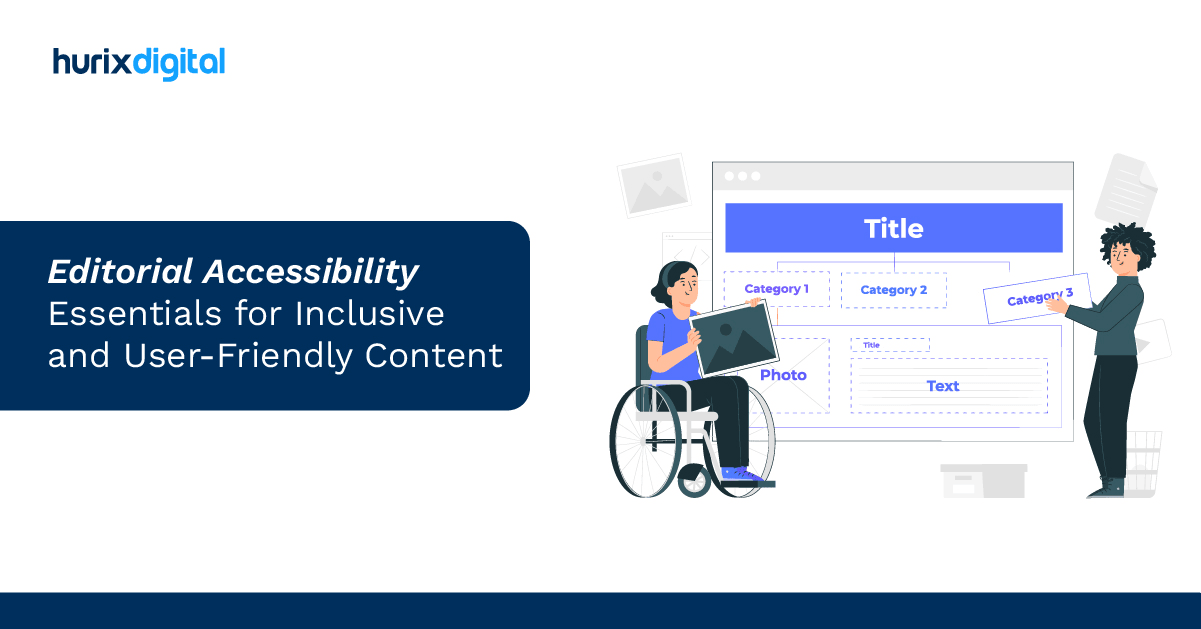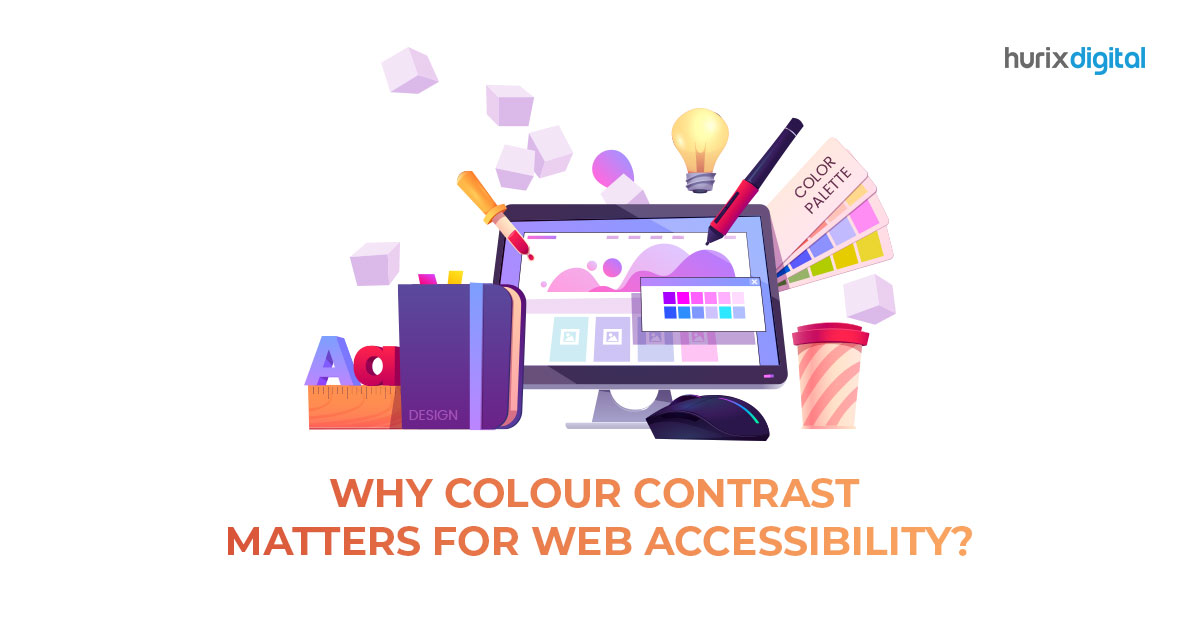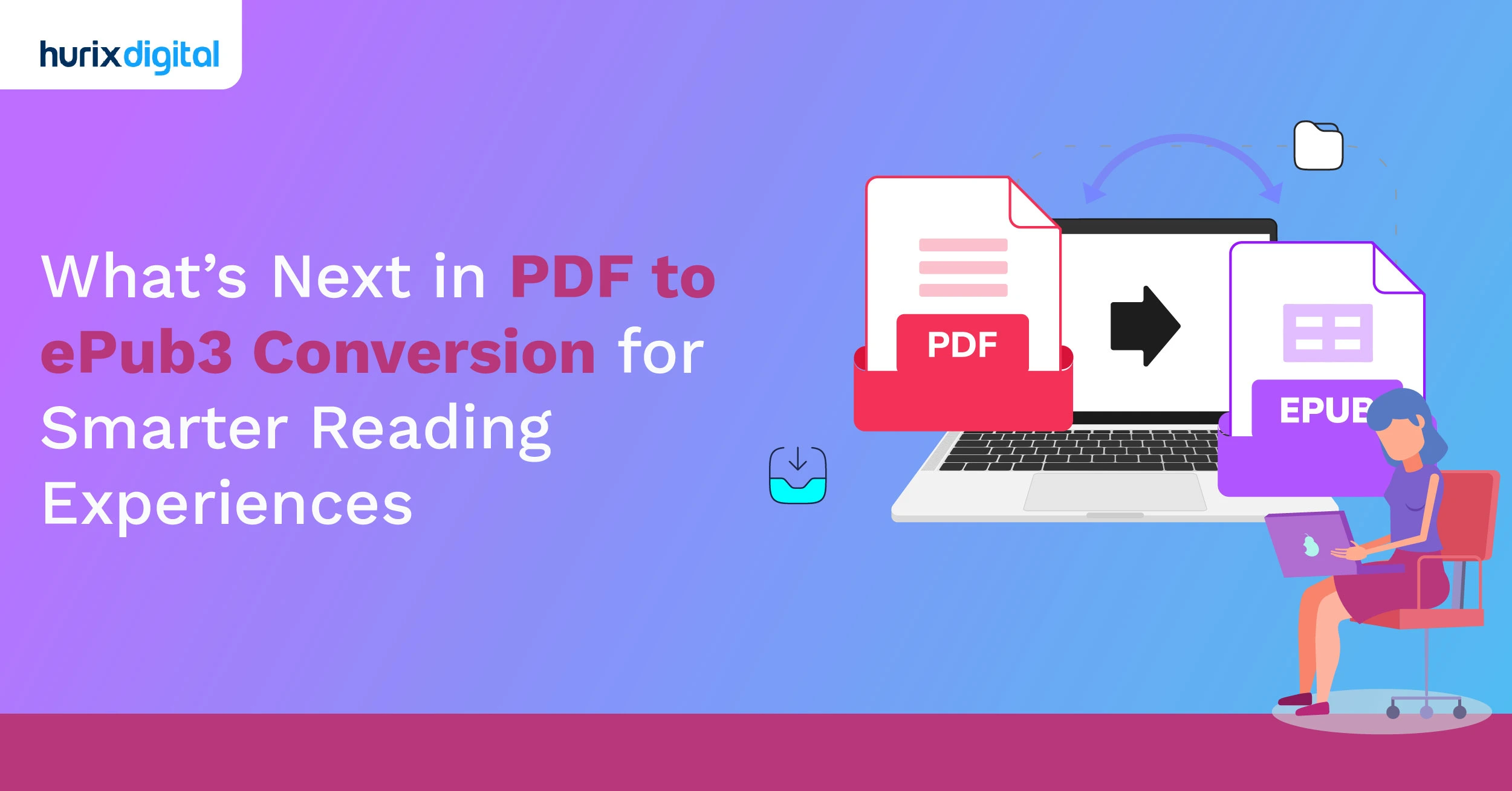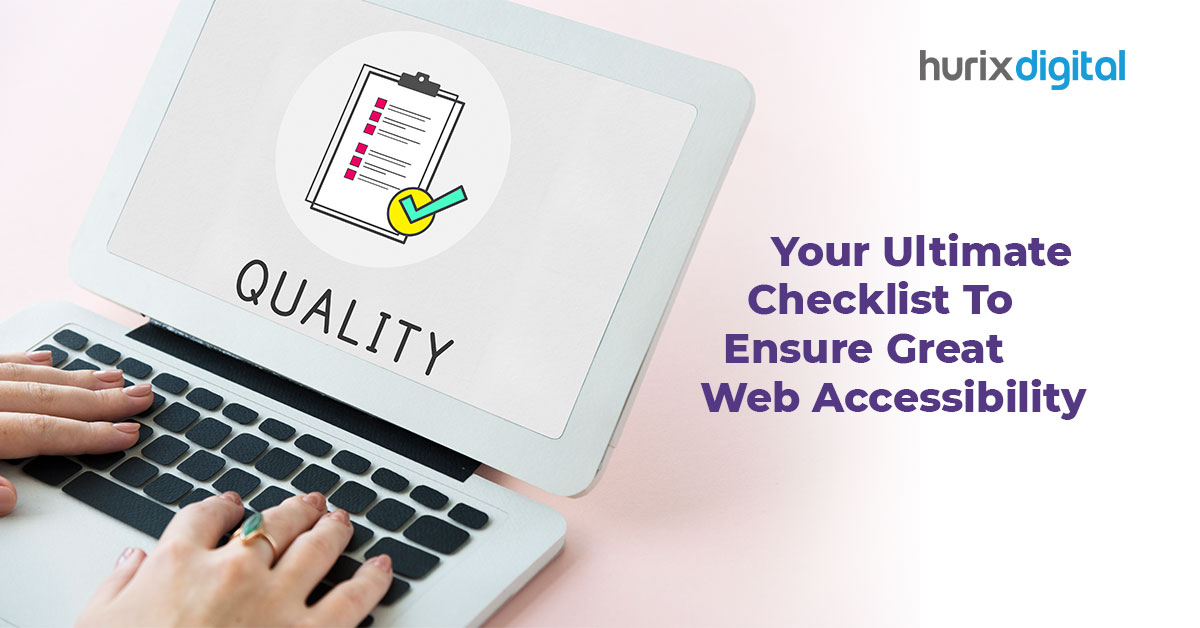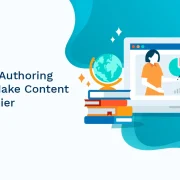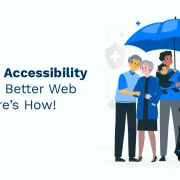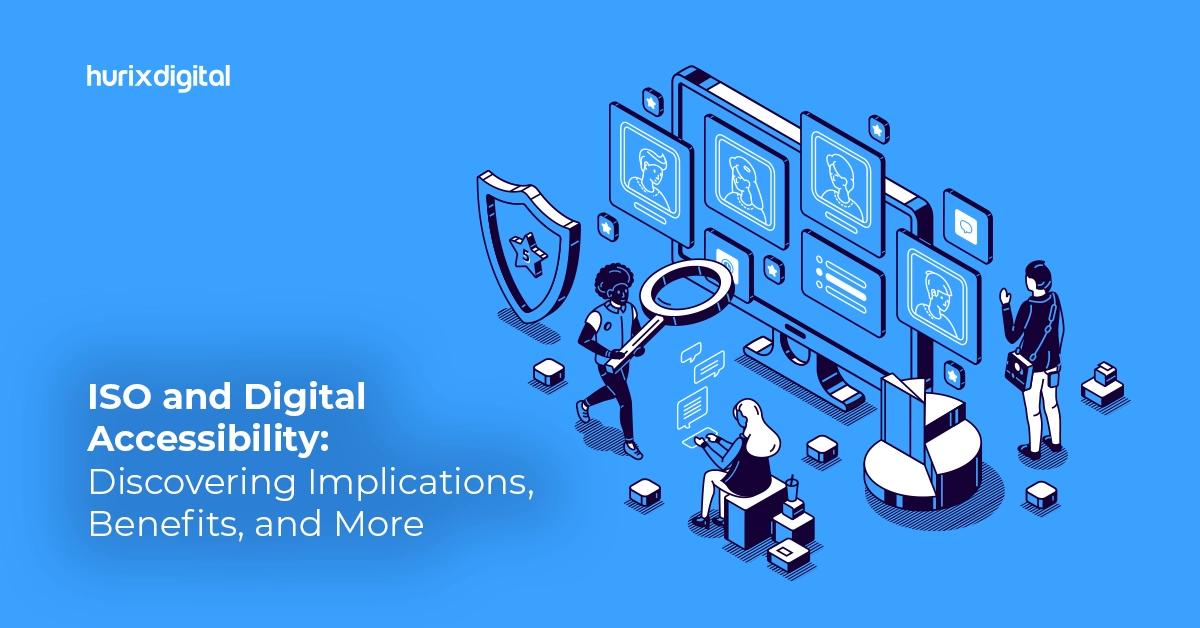
ISO and Digital Accessibility: Discovering Implications, Benefits, and More
Summary
This blog explores how ISO standards enhance digital accessibility for all, including disabled users. It outlines key standards, their influence on web accessibility, and implementation strategies.
Guaranteeing accessibility for all people, including individuals with disabilities, is crucial in the modern digital environment. The International Organization for Standardization (ISO) has created a set of standards that offer guidelines and requirements for developing accessible digital spaces to foster and uphold best practices for digital accessibility.
This blog examines how ISO standards improve digital accessibility and help to create inclusive online environments for all users. Read on to find more!
Table of Contents:
- What are ISO Standards?
- Understanding ISO Standards for Digital Accessibility
- ISO Standards for Digital Accessibility
- How ISO Guidelines Impact Web Accessibility?
- Implementation of ISO Standards for Digital Accessibility
- Summing Up
What are ISO Standards?
The International Organization for Standardization (ISO) is a non-governmental, autonomous organization with at least 165 member nations. An organization’s operations, offerings, and products can be verified for security, effectiveness, and ability using the framework provided by ISO Standards, which are a collection of standard procedures.
The scope of ISO standards is broad, encompassing many facets of daily life. The standards primarily outline a methodology that has received worldwide approval from experts. When the ISO first started out, creating standards for specific businesses like manufacturing and construction was its main priority.
However, it has also broadened its purview to encompass a wide range of subjects, such as risk management, quality control, sustainability, data protection, and safety and security.
Also Read: Best Practices of Web Accessibility for Developers and Designers
Understanding ISO Standards for Digital Accessibility
Regarding digital accessibility, the International Organization for Standardization (ISO) has set forth standards that provide directives for creating digital goods and services that are usable by people with disabilities. These standards seek to guarantee that digital content and technologies are functional for all users regardless of their abilities or limitations.
Some of the key benefits of ISO Standards for digital accessibility are:
- Inclusivity: By guaranteeing that online platforms are usable by people with disabilities, ISO standards for digital accessibility support diversity. Organizations can create more welcoming and accommodating digital environments for diverse users by adhering to these standards.
- Accessibility Compliance: Organizations can better comply with accessibility laws and guidelines, like the Web Content Accessibility Guidelines (WCAG), by following ISO standards. Additionally, aligning with the guidelines reduces the legal risks of non-compliance.
- Increased Reach: Companies that prioritize digital accessibility by adhering to ISO standards reach a wider audience and increase their market share. By providing online goods and services that are accessible to people with disabilities, they reach an important segment of society that might not otherwise be able to access a company’s products.
ISO Standards for Digital Accessibility
1. ISO 30071-1
The international process-based ISO 30071-1 Code standards for developing accessible ICT goods and offerings became available on May 28, 2019. They allow organizations to incorporate accessibility factors into their “operations as normal” procedures.
2. ISO 9241-171
Ergonomics of Human-System Interaction—Universal Accessibility: ISO 9241-171 is a standard that lays out specifications and guidelines for creating software user interfaces that are accessible and take into account the requirements of users with a variety of abilities. It deals with issues like data formatting, interaction techniques, and user guidance to promote accessible design methods.
3. ISO/IEC 40500
WCAG is a widely accepted set of rules for accessible web content, even though it is not an ISO standard in and of itself. WCAG is now the accepted standard for digital accessibility guidelines by ISO/IEC 40500.
The principles, instructions, and success standards outlined in WCAG make developing perceivable, functional, comprehensible, and accessible web content possible.
4. ISO/IEC 11703
This standard provides guidelines for creating user interfaces that are accessible for internet pages, electronic devices, and software programs. To guarantee inclusive design procedures, it encompasses accessibility principles, UI elements, navigation, interaction techniques, and feedback processes.
How ISO Guidelines Impact Web Accessibility?
1. Promotes Inclusive Design
The ISO standards for digital accessibility promote inclusive design practices by taking into account the different requirements and tastes of all users, including those who are disabled. By adhering to these standards, organizations can produce digital goods and services that are useful, accessible, and advantageous to people with different abilities.
2. Improves User Experience
By guaranteeing accessibility features that boost functionality, navigation, and interaction, the implementation of ISO standards enhances the user experience for all users.
The application of accessible design principles enhances digital environments that are more collaborative and user-friendly and serve a wider audience. Design elements like keyboard accessibility, rational organization, alternative text for pictures, and easy navigation make a big difference in terms of customer satisfaction and functionality.
3. Opens New Avenues for Innovation
Organizations can encourage innovation in design and technology by following ISO standards and adopting best practices for digital accessibility. Requirements for accessibility inspire innovative approaches and imaginative approaches for designing digital experiences that fulfill user preferences.
4. Boosts Brand Trust and Credibility
Companies that put a high priority on digital accessibility and follow ISO guidelines gain the respect and confidence of users, stakeholders, and the general public. The organization’s reputation is improved and favorable connections are fostered with consumers and business partners when it demonstrates a dedication to inclusivity and accessibility.
Implementation of ISO Standards for Digital Accessibility
The process of putting ISO standards for digital accessibility into practice is complex and includes design, development, testing, and usability assessment. By using ISO standards, organizations can improve digital accessibility by implementing the following strategies:
1. Accessibility Training
Educate designers, developers, and content producers on the fundamentals of digital accessibility and the prerequisites outlined in ISO standards through training and awareness campaigns. Employees are guaranteed to comprehend the value of inclusive design and how to apply accessibility efficient methods through training programs.
2. Accessibility Audits
Conduct frequent accessibility audits to determine whether digital content and websites comply with ISO standards. By using audits to find usability problems, accessibility barriers, and areas for advancement, organizations can close accessibility gaps and boost UX.
3. Design Guidelines
To provide optimal procedures for building accessible user interfaces, create internal design principles and accessibility standards following ISO recommendations. The elements like text comprehension, typing navigation, alternative text for visuals, color contrast, and closed captioning should all be covered by guidelines.
4. Usability Testing
To get input on accessible features and user experience, include usability testing with people with disabilities in the design and development process. User testing finds areas for improvement and optimization while confirming the usefulness of accessibility functions.
Also Read: A Closer Look at WCAG 2.2: The Future of Web Accessibility
Summing Up
Acquiring ISO certification in digital accessibility demonstrates a dedication to inclusivity, which goes beyond a simple checklist activity. Organizations that adopt these guidelines not only comply with legal obligations but also promote reliability and a user-centric strategy.
If you are pursuing perfection in digital accessibility, contact Hurix Digital. Our team of accessibility experts has an in-depth understanding of web accessibility and ISO certification. Our dedication lies in guiding organizations to create interactive UX that meets global requirements.
For accessibility audits and compliance testing, connect with us today!

Vice President – Content Transformation at HurixDigital, based in Chennai. With nearly 20 years in digital content, he leads large-scale transformation and accessibility initiatives. A frequent presenter (e.g., London Book Fair 2025), Gokulnath drives AI-powered publishing solutions and inclusive content strategies for global clients

